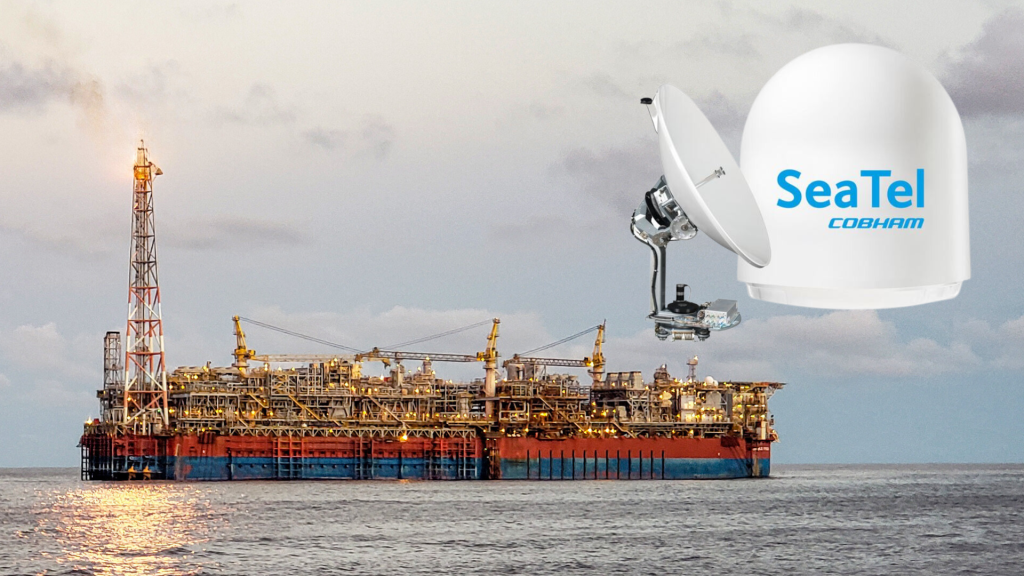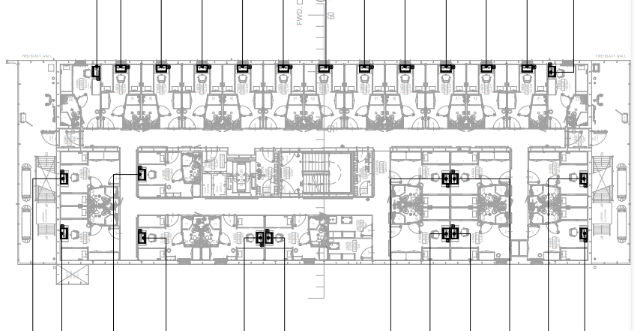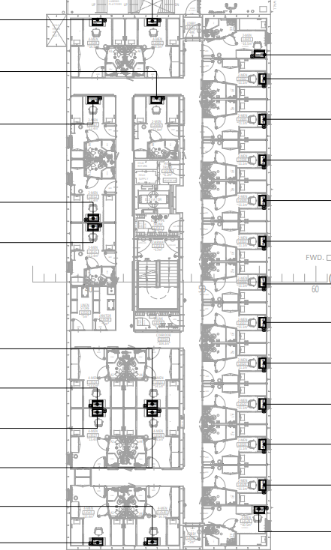An IPTV system or Internet Protocol Television System delivers television services over an Internet Protocol (IP) network instead of traditional cable or satellite systems. IPTV is becoming increasingly popular, even in hazardous environments such as the oil and gas industry, due to its flexibility, scalability, and the ability to deliver a wide range of multimedia content.
Features of IPTV Systems
Content Delivery:
IPTV delivers television content using Internet Protocol over a network infrastructure, which can include the internet, local area networks (LANs), and wide area networks (WANs).
Multimedia Services:
IPTV systems can provide a variety of multimedia services, including on-demand video, interactive gaming, and multimedia content.

Typical Components of an IPTV System
Headend
The headend is the central hub where content is received, processed, and distributed. It may include servers, encoders, and other equipment to manage the content.
Middleware
Middleware is software that bridges the gap between the user interface and the headend. It manages interactive services, on-screen guides, and user authentication.
Set-Top Box (STB)
The STB is a device that connects to the user’s television and receives the IPTV signal. It may provide interactive features and access to on-demand content.
Content Delivery Network (CDN)
CDNs help distribute multimedia content efficiently by optimizing the delivery of streaming media.
End Devices
Devices like smartphones, tablets, smart TVs, and computers can be used to access IPTV services.

Installation Process
Installing IPTV (Internet Protocol Television) systems in hazardous environments requires careful consideration of safety regulations and specialized equipment to ensure the well-being of both the installation team and the end-users.
Risk Assessment
A thorough risk assessment is conducted of the hazardous environment to identify potential dangers. Factors such as explosive atmospheres, extreme temperatures, corrosive substances, and other safety hazards are considered.
Compliance with Regulations
It is important to ensure that the installation complies with local, national, and international safety regulations for hazardous environments. These regulations may include ATEX (Atmosphères Explosibles) directives in Europe or other similar standards depending on your location.
Equipment that is certified for use in hazardous areas is used. This includes encoders, switches, and other components of the IPTV system. Look for certifications such as ATEX, IECEx, or other relevant standards. Additionally, armored or explosion-proof cables to prevent damage and ensure the integrity of the system are used.
Other Considerations
During the installation process proper grounding and bonding techniques are used and the team should be familiar with installing components in explosion-proof enclosures or housings designed for hazardous environments. Regular monitoring and maintenance of the system is also crucial.
get the Right Team!
Our team of experienced and qualified engineer, drafters and technicians can support you for the whole project process. From the initial assessment and system design, to the installation and equipment selection, Team Vivo has got it covered.
In addition to hazardous areas, Vivo Asia also supplies IPTV solutions to hotels. With our product partners in Norway and China, we can meet a range of budget and project requirements.






